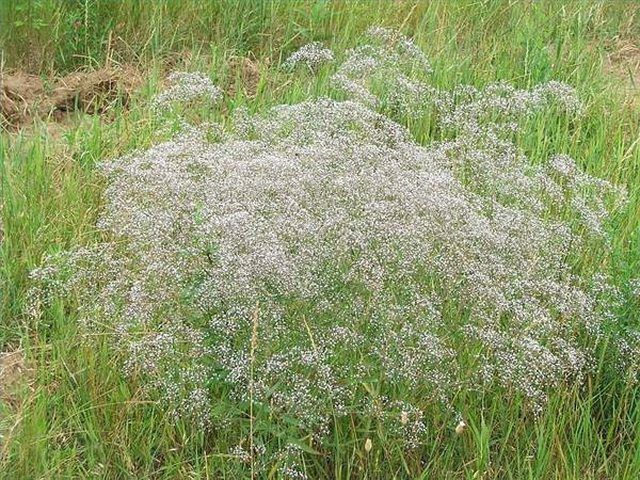Bulbs
Flower Basics
Flower Beds & Specialty Gardens
Flower Garden
Garden Furniture
Garden Gnomes
Garden Seeds
Garden Sheds
Garden Statues
Garden Tools & Supplies
Gardening Basics
Green & Organic
Groundcovers & Vines
Growing Annuals
Growing Basil
Growing Beans
Growing Berries
Growing Blueberries
Growing Cactus
Growing Corn
Growing Cotton
Growing Edibles
Growing Flowers
Growing Garlic
Growing Grapes
Growing Grass
Growing Herbs
Growing Jasmine
Growing Mint
Growing Mushrooms
Orchids
Growing Peanuts
Growing Perennials
Growing Plants
Growing Rosemary
Growing Roses
Growing Strawberries
Growing Sunflowers
Growing Thyme
Growing Tomatoes
Growing Tulips
Growing Vegetables
Herb Basics
Herb Garden
Indoor Growing
Landscaping Basics
Landscaping Patios
Landscaping Plants
Landscaping Shrubs
Landscaping Trees
Landscaping Walks & Pathways
Lawn Basics
Lawn Maintenance
Lawn Mowers
Lawn Ornaments
Lawn Planting
Lawn Tools
Outdoor Growing
Overall Landscape Planning
Pests, Weeds & Problems
Plant Basics
Rock Garden
Rose Garden
Shrubs
Soil
Specialty Gardens
Trees
Vegetable Garden
Yard Maintenance
Planting Gypsophila
Planting Gypsophila. Gypsophila, more commonly known as baby's breath, is a family of more than 95 species of flowering annual and perennial shrubs that are native throughout Europe, northern Africa and Asia. Gypsophilas are most commonly grown for harvest in support of the cut-flower industry, but are also grown in residential gardens as...

Gypsophila, more commonly known as baby's breath, is a family of more than 95 species of flowering annual and perennial shrubs that are native throughout Europe, northern Africa and Asia. Gypsophilas are most commonly grown for harvest in support of the cut-flower industry, but are also grown in residential gardens as ornamental shrubs that produce dozens of very small white or subtly pale pink flowers on a single branching stem. Thriving in full sun and rich, loose, well-drained soil, gypsophila is low-maintenance, slightly drought-tolerant and grows easily from seed.
Things You'll Need
Shovel or hand trowel, rake or hoe
Water-soluble fertilizer
Secateurs or hand shears
Select a planting location with a full sun exposure and a rich, well-drained and loose soil mix for gypsophila. Till up the soil with a rake or hoe to loosen it and encourage the delicate roots to penetrate readily into the soil.
Plant gypsophila seeds at eight to 12 seeds per foot into tilled up and premoistened soil, covering the seeds with about a 1/4 to 1/2 inch of soil. Water in gently so as not to disturb seeds. They should germinate in approximately two weeks. If desired, excess established seedlings can be thinned by pulling or digging up and relocating them.
Plant mature gypsophilas in well-tilled soil at least 10 inches apart for massing, and at further intervals for more sparse or specimen plantings. Keep the soil level on the root ball, equal with surrounding soil. Back fill soil around the root ball and tamp down with your palm or shoe to collapse any air pockets and ensure good soil-to-root contact.
Water in the new plant well and monitor its water uptake carefully for a few weeks to learn the water needs and determine an appropriate watering regimen. You want to maintain a consistently damp, not wet, soil when reaching 2 to 3 inches down into the soil.
Fertilize several weeks after the original planting and a second time in the summer with a good quality water-soluble, general purpose fertilizer around the root ball of the plant.
Prune or cut back with clean sharp secateurs or hand shears only as needed to control the size or confine the shape of the plant or remove dead material, as pruning is not for bloom propagation.